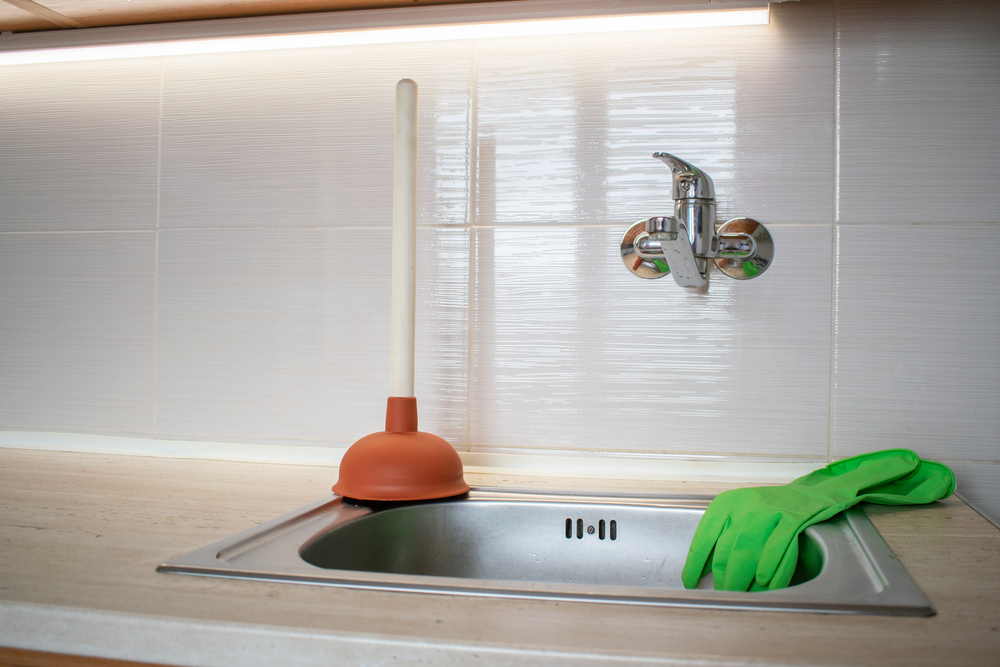Common Kitchen Issues

The kitchen is a high-traffic area where inspectors often find safety and functionality concerns. Here are some of the most common issues uncovered during home inspections, why they matter, and how to correct them.
1. Missing Anti-Tip Bracket at the Oven
Anti-tip brackets prevent ovens from tipping forward if pressure is applied to the open door, reducing the risk of injury or burns to children. Many homeowners and installers overlook this small but important device, which is typically included with the appliance but often left uninstalled. Fixing this is simple—install the provided bracket by securing it to the floor or wall behind the oven.
2. Recirculating or Missing Range Exhaust Fan
Range hoods should ideally vent cooking smoke, grease, and moisture outside, but many homes have recirculating fans that simply filter and redistribute air back into the kitchen. Without proper ventilation, odors and poor air quality can develop. The best fix is to install an externally vented range hood, though feasibility depends on the kitchen layout.
3. Improper Fasteners Used at Cabinets
Cabinets should be secured with proper fasteners, such as cabinet screws, anchored into wall studs or blocking. However, many are installed using drywall screws or nails, which lack the strength to support the weight over time. This can cause cabinets to loosen, shift, or even fall. Reinforcing them with appropriate screws ensures long-term stability.
4. No High-Loop at the Dishwasher Drain Line
A dishwasher drain line without a high-loop or air gap can allow dirty water to siphon back into the appliance, leading to contamination. While modern appliances often have a built-in high loop, plumbing codes often still require the drain hose to be looped under the sink countertop before connecting to the disposal or drain. Adding this loop is a simple way to improve hygiene and compliance.
5. Dishwasher Improperly Secured
Dishwashers should be firmly attached to the surrounding cabinets or countertop to prevent movement. Loose dishwashers can tip forward when the door is opened, or shift during operation, putting stress on plumbing and electrical connections. Brackets, either top-mounted to the countertop or side-mounted to adjacent cabinets, provide a secure installation.
6. Missing GFCI Protection at Kitchen Receptacles
Kitchens require Ground Fault Circuit Interrupter (GFCI) outlets to protect against electrical shock, particularly near sinks and at countertops. Older homes often lack this protection, increasing the risk of electrocution. Upgrading standard outlets to GFCI versions or ensuring GFCI breakers are installed in the electrical panel enhances kitchen safety.
7. S-Traps at the Kitchen Drain Line
S-traps, commonly found in older homes, are no longer code-compliant because they can siphon water from the trap, allowing sewer gases to enter the home. Modern plumbing requires P-traps with proper venting to maintain a water seal. Replacing an S-trap with a P-trap and an air admittance valve (AAV) is the best and cheapest way to resolve the issue.
Final Thoughts
These common kitchen issues can affect safety, functionality, and code compliance. Homeowners, buyers, and sellers should address them to avoid future problems. If you’re unsure whether your kitchen has these issues, a home inspection can help identify them and recommend a solution.
